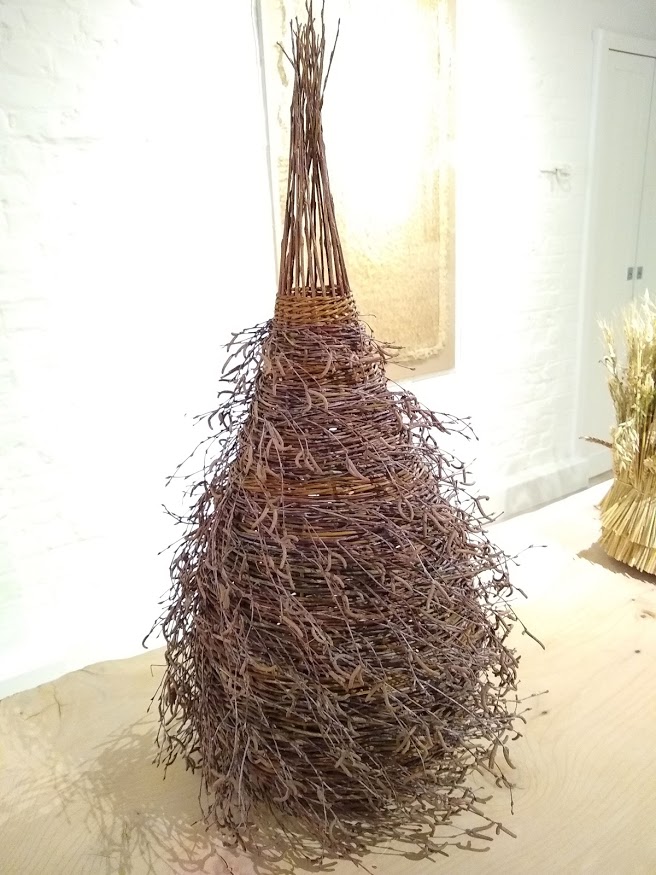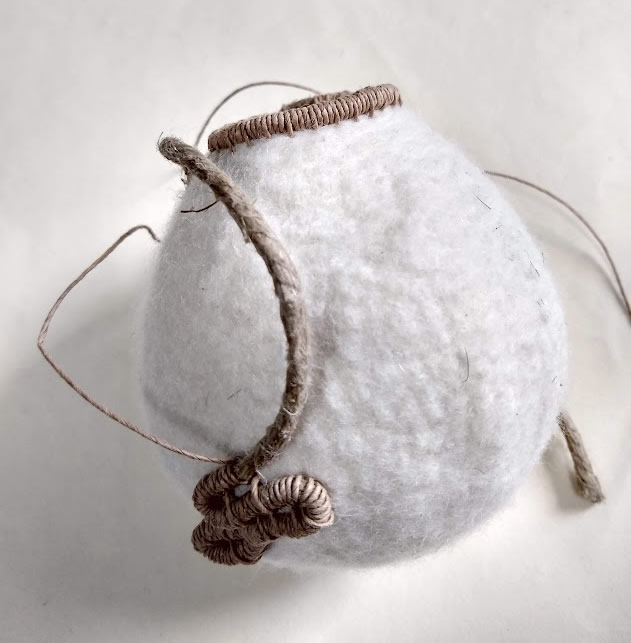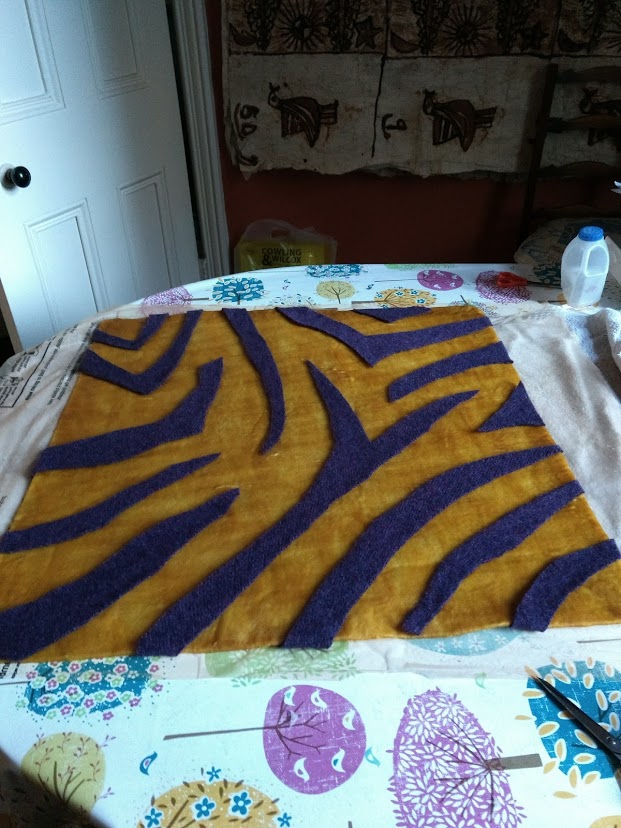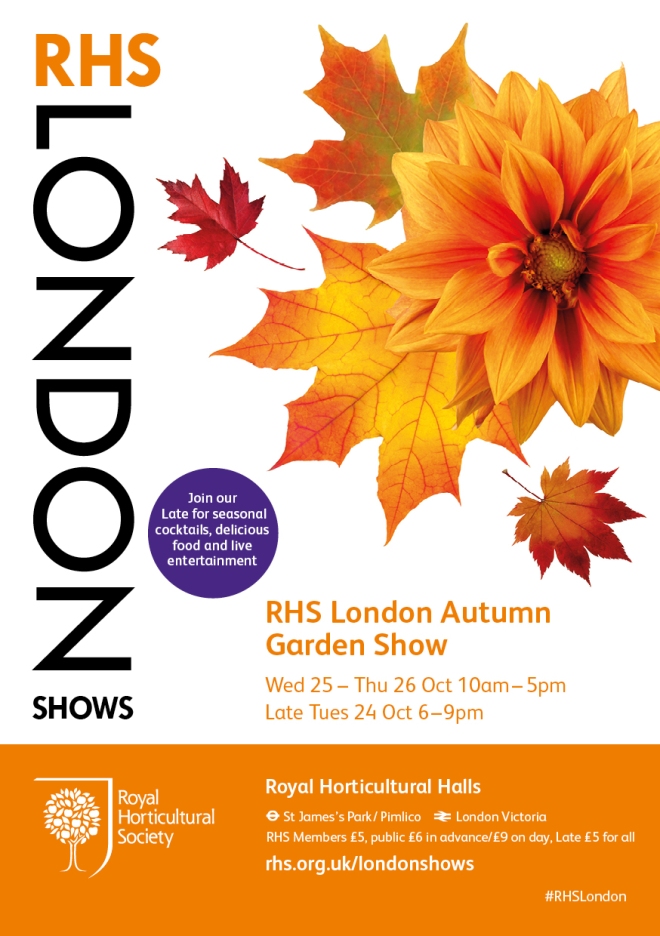Happy new year! My first exhibition visit this year was CROP at the Sarah Myerscough Gallery in south London – a great start.
The exhibition focuses on artists who work with natural materials and traditional craft skills, combined with concern for the environment.
I was initially attracted by the inclusion of work by Tim Johnson, whose exhibition Lines and Fragments I have previously reviewed. More of his fabulous Keeping Time vessels were on show here.


There were other familiar names too. Laura Ellen Bacon’s buff willow bench took pride of place in the window.

Diana Scherer grows textiles from plant roots – her work was featured in the V&A’s Fashioned from Nature exhibition a couple of years ago.

Of the artists that were new to me, Naoko Serino stood out for her ethereal felted jute sculptures.




Soojin Kang uses jute too, along with silk and linen, in her wrapped, bound and knotted work.


I also loved Caroline Sharp’s delicate pods made from willow and birch retaining the catkins.

Not technically part of the exhibition but certainly worth a look are a couple of ceramic vessels by Luke Fuller, who makes layered moulds which burn away during firing, leaving textured pieces reminiscent of rock fractures and geological faults.

CROP runs at the Sarah Myerscough Gallery, The Old Boathouse, 1 White Hart Lane, London SW13 0PX until 31 January 2020.






































